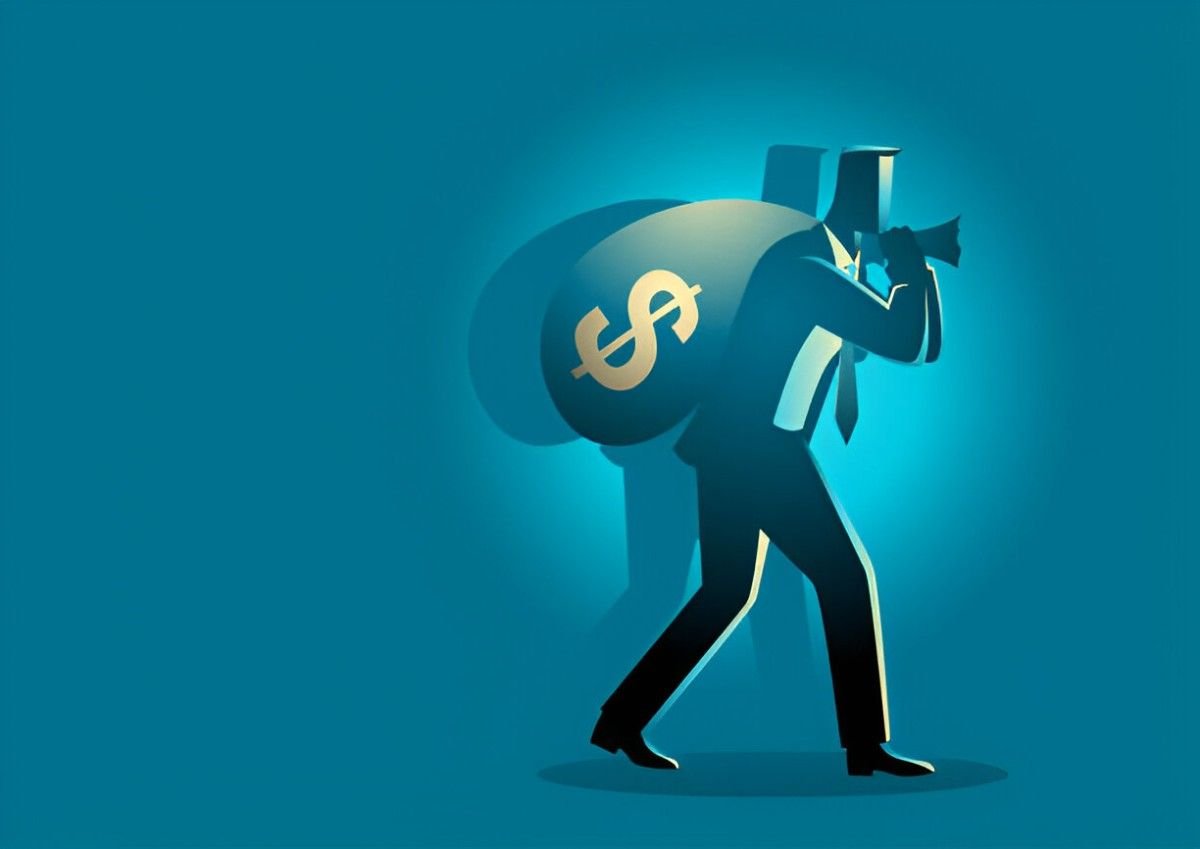Taxes are a fact of life, but not all taxes are created equal. Some are straightforward, like income tax or sales tax, while others are more subtle, lurking in the shadows of everyday transactions. These hidden levies, often called “stealth taxes,” can quietly erode your financial well-being without you even realizing it. In this article, I’ll break down what stealth taxes are, how they work, and why they matter to you. I’ll also provide examples, calculations, and practical tips to help you navigate this complex landscape.
Table of Contents
What Are Stealth Taxes?
Stealth taxes are indirect taxes that are not explicitly labeled as taxes but still function as revenue-generating mechanisms for governments. Unlike income tax or property tax, which are clearly visible on pay stubs or bills, stealth taxes are embedded in the cost of goods, services, or financial transactions. They often go unnoticed because they are not itemized or explained in detail.
For example, when you pay for a gallon of gasoline, a portion of that price includes federal and state excise taxes. Similarly, when you buy a plane ticket, you’re paying taxes that are bundled into the fare. These taxes are stealthy because they are not immediately obvious to the consumer.
Why Stealth Taxes Matter
Stealth taxes matter because they can have a significant impact on your finances over time. Since they are not explicitly stated, you may not realize how much you’re actually paying. This lack of transparency can make it difficult to budget effectively or make informed financial decisions.
Moreover, stealth taxes are often regressive, meaning they disproportionately affect lower-income individuals. For example, a flat excise tax on gasoline affects someone earning $30,000 a year much more than someone earning $300,000. Understanding these hidden costs can help you take control of your financial life and advocate for fairer tax policies.
Common Types of Stealth Taxes
Let’s dive into some of the most common types of stealth taxes in the United States.
1. Excise Taxes
Excise taxes are levied on specific goods, such as gasoline, tobacco, alcohol, and airline tickets. These taxes are often included in the price of the product, making them less visible to consumers.
For example, the federal excise tax on gasoline is 18.4\text{ cents per gallon}. If the price of gasoline is \$3.50\text{ per gallon}, the tax represents about 5.3% of the total cost. While this may seem small, it adds up over time, especially for those who commute long distances.
2. Inflation as a Stealth Tax
Inflation is often referred to as a stealth tax because it erodes the purchasing power of your money. When the government prints more money or engages in deficit spending, it can lead to higher inflation. This effectively reduces the value of your savings and income.
For example, if the inflation rate is 3\% and your savings account earns 1\% interest, your real return is -2\%. This means you’re losing purchasing power even though your account balance is growing.
3. Capital Gains Taxes
Capital gains taxes are levied on the profit you earn from selling an asset, such as stocks or real estate. While these taxes are not entirely hidden, they can be stealthy because they are often deferred until the asset is sold.
For example, if you buy a stock for \$1,000 and sell it for \$1,500, you’ll owe capital gains tax on the \$500 profit. The tax rate depends on your income and how long you held the asset, but it can significantly reduce your net gain.
4. Payroll Taxes
Payroll taxes are deducted from your paycheck to fund Social Security and Medicare. While these taxes are visible on your pay stub, they are often overlooked because they are automatically withheld.
For example, the Social Security tax rate is 6.2\% for employees, and the Medicare tax rate is 1.45\%. If you earn \$50,000\text{ per year}, you’ll pay \$3,100 in Social Security taxes and \$725 in Medicare taxes, totaling \$3,825.
5. Sin Taxes
Sin taxes are levied on products deemed harmful, such as cigarettes, alcohol, and sugary drinks. These taxes are often justified as a way to discourage unhealthy behavior, but they also generate significant revenue for governments.
For example, the federal excise tax on cigarettes is \$1.01\text{ per pack}, and many states impose additional taxes. If a pack of cigarettes costs \$8.00, the tax represents about 12.6% of the total cost.
The Impact of Stealth Taxes
Stealth taxes can have a wide-ranging impact on individuals, businesses, and the economy as a whole. Let’s explore some of these effects.
1. Reduced Disposable Income
Stealth taxes reduce your disposable income by increasing the cost of goods and services. This can make it harder to save, invest, or spend on discretionary items.
For example, if you spend \$500\text{ per month} on gasoline and the excise tax is 18.4\text{ cents per gallon}, you’re paying about \$26.29\text{ per month} in taxes. Over a year, that adds up to \$315.48.
2. Regressive Nature
As mentioned earlier, stealth taxes are often regressive, meaning they take a larger percentage of income from lower-income individuals. This can exacerbate income inequality and make it harder for low-income families to make ends meet.
For example, a flat excise tax on gasoline affects someone earning \$30,000\text{ per year} much more than someone earning \$300,000\text{ per year}.
3. Hidden Costs for Businesses
Businesses also bear the brunt of stealth taxes, which can increase their operating costs. These costs are often passed on to consumers in the form of higher prices, creating a ripple effect throughout the economy.
For example, if a trucking company pays \$10,000\text{ per year} in fuel excise taxes, it may raise its shipping rates to cover the additional cost. This, in turn, increases the price of goods for consumers.
4. Erosion of Savings
Inflation, as a stealth tax, erodes the value of your savings over time. This can make it harder to achieve long-term financial goals, such as retirement or buying a home.
For example, if you have \$10,000\text{ in savings} and the inflation rate is 3\%, the real value of your savings will decrease to \$9,708.74 after one year.
How to Identify and Mitigate Stealth Taxes
Now that we’ve explored the impact of stealth taxes, let’s discuss how you can identify and mitigate their effects.
1. Read the Fine Print
One of the best ways to identify stealth taxes is to read the fine print on receipts, bills, and contracts. Look for terms like “excise tax,” “surcharge,” or “service fee,” which may indicate hidden taxes.
2. Track Your Spending
Tracking your spending can help you identify patterns and uncover hidden taxes. Use budgeting tools or apps to categorize your expenses and calculate how much you’re paying in stealth taxes.
3. Advocate for Transparency
Advocating for greater transparency in tax policies can help reduce the impact of stealth taxes. Support initiatives that require governments and businesses to clearly disclose all taxes and fees.
4. Invest in Inflation-Protected Assets
To mitigate the impact of inflation, consider investing in inflation-protected assets, such as Treasury Inflation-Protected Securities (TIPS) or real estate. These investments can help preserve your purchasing power over time.
5. Plan for Capital Gains Taxes
If you’re planning to sell an asset, factor in the capital gains tax when calculating your net profit. Consider holding the asset for more than a year to qualify for the lower long-term capital gains tax rate.
Conclusion
Stealth taxes are a pervasive but often overlooked aspect of the tax system. By understanding how they work and their impact on your finances, you can take steps to mitigate their effects and make more informed financial decisions. Whether it’s reading the fine print, tracking your spending, or advocating for greater transparency, there are many ways to crack the code of stealth taxes.





